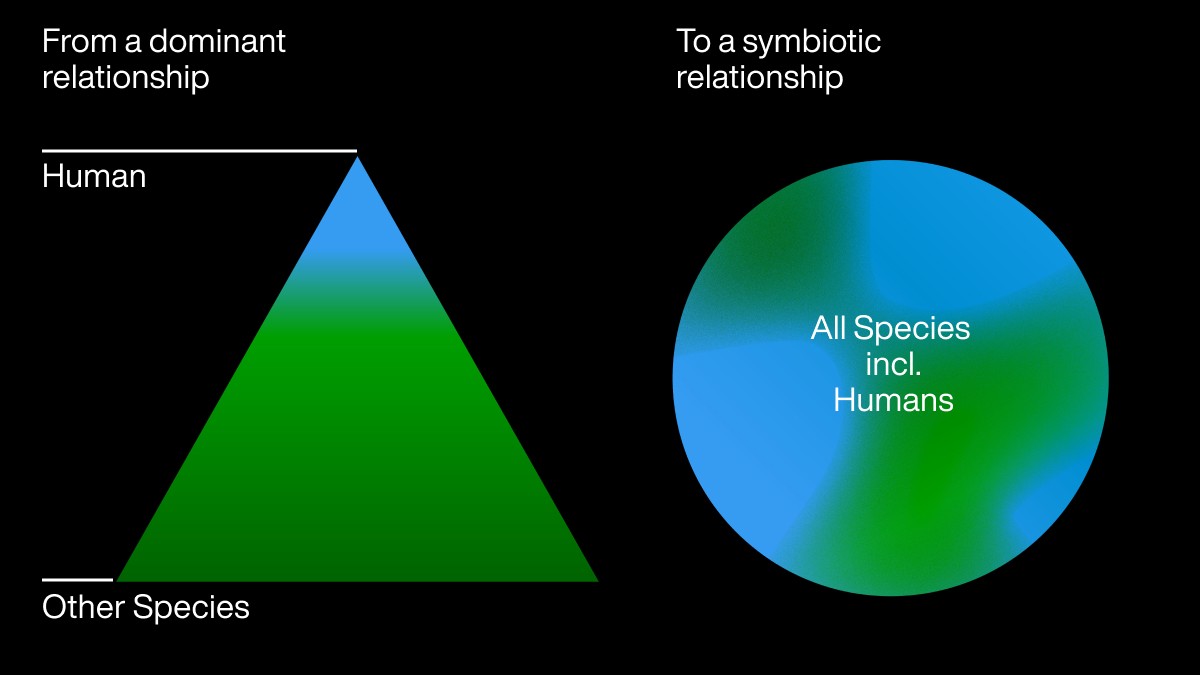Regenerative by design
As I’ve written previously, words get appropriated and strip-mined of meaning I’m sure ‘regenerative’ will get deformed in the same way but one thing I like about it is that it’s focused on the planet that sustains us, not our habits. This piece at SPACE10 is a really good introduction to regenerative design, what it entails, why it makes sense, and how it overlaps and can learn from Indigenous and ancestral ways of building with nature.
We can apply regenerative philosophy to design and ask: how can we put life — human life, the planet, and everything it sustains — at the centre of everything we do? […]
‘We’re seeing more and more examples that natural ecosystem regeneration actually works, and it doesn’t take millennia — it takes decades, sometimes years,’ says Pagnier. This should be more of an incentive to start acting now.

Thinkers such as Julia Watson are calling for a ‘new mythology’ in which we see the human-built environment as part of the natural environment, not separate from it, and re-evaluate Indigenous and ancestral ways of building with nature. Because what nurtures nature, nurtures us.
Practising active hope:
By listening to nature, we can start seeing ourselves as part of a whole, and practise ‘active hope’: hope as an action. According to eco-philosopher Joanna Macy, active hope includes understanding the situation, setting the aspiration, and taking steps in that direction.
Moving towards a regenerative society, integrating history and indigenous cultures, acting in symbiosis with nature. All directions that we must ponder in society, and in cities.
And be sure to take a few minutes to browse through the list of resources at the bottom.
